Chamaecyparis lawsoniana 'Blue Surprise'
User
16 years ago
Featured Answer
Sort by:Oldest
Comments (10)
gardengal48 (PNW Z8/9)
16 years agoRelated Professionals
Reading Landscape Architects & Landscape Designers · Camas Landscape Architects & Landscape Designers · Kyle Landscape Architects & Landscape Designers · Alexandria Landscape Contractors · Wilmington Landscape Contractors · Englewood Landscape Contractors · Fort Wayne Landscape Contractors · Morrisville Landscape Contractors · River Ridge Landscape Contractors · Santa Ana Landscape Contractors · Tamarac Landscape Contractors · The Villages Landscape Contractors · Wareham Landscape Contractors · Golden Valley Landscape Contractors · East Cleveland Gardeners & Lawn CareMike Larkin
16 years agokarinl
16 years agoUser
16 years agojaro_in_montreal
15 years agoEmbothrium
15 years agotegek_comcast_net
14 years agoKDS Designs
7 months agosam_md
7 months ago
Related Stories
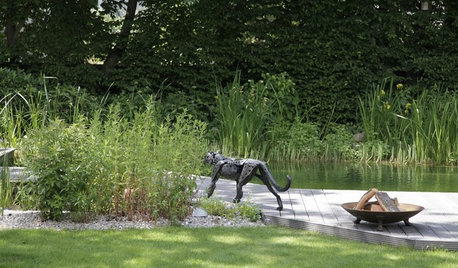
LANDSCAPE DESIGNSecondary Sculptures Bring Style and Surprise to the Garden
These sculptures function as supporting actors in making a good garden a great production
Full Story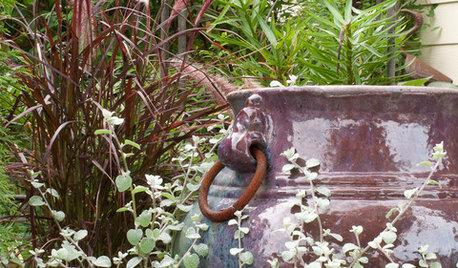
PLANTING IDEASGreat Garden Combo: Silver Sparkles Amid Purple and Blue Foliage
Get the look of this modern foundation planting by focusing on a restrained color palette with tasteful accents
Full Story
GARDENING FOR BUTTERFLIESButterfly Gardening: Delight the Eyes With Living Sculptures
Surprise and thrill with a garden that attracts magical winged creatures, bringing color, movement and life
Full Story
SIDE YARD IDEASNarrow Trees for Tight Garden Spaces
Boost interest in a side yard or another space-challenged area with the fragrance and color of these columnar trees
Full Story
GARDENING GUIDESDesigning With Conifers: Find the Perfect Fit for Your Landscape
Conifers range from fairy-garden size to 70 feet tall. Here’s how to decifer the plant tag for the perfect long-term fit in your garden
Full Story
PLANTING IDEASStretch the Budget, Seasons and Style: Add Conifers to Your Containers
Small, low-maintenance conifers are a boon for mixed containers — and you can transplant them to your garden when they’ve outgrown the pot
Full Story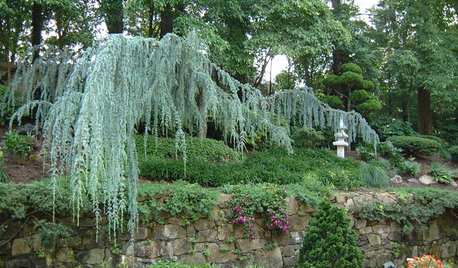
PLANTING IDEASDesigning With Conifers: Exploring Color
Colorful, structural and adaptable, conifers are waiting to transform your garden
Full Story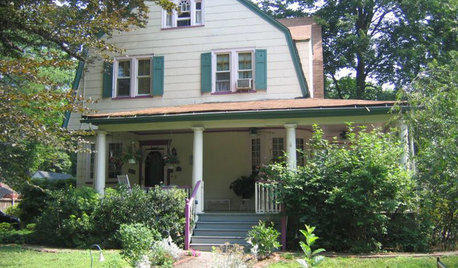
EXTERIORS13 Dramatic Exterior Paint Makeovers by Houzzers
See real-life before and afters of home fronts transformed with paint, in wide-ranging colors and styles
Full Story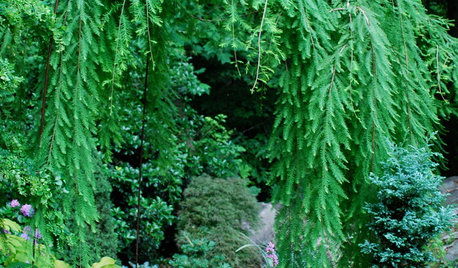
LANDSCAPE DESIGNThe Weepers and the Creepers: 10 Intriguing Trees for Your Garden
Bring something a little different to your landscape with a tree that dives, twists or crawls
Full Story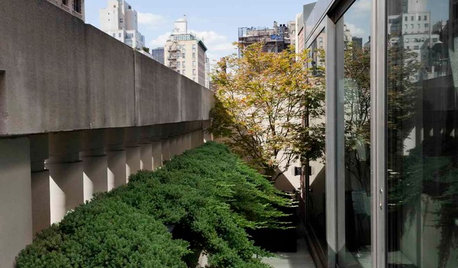
GARDENING GUIDESGreat Design Plant: Creeping Juniper Holds Its Ground
Add texture and evergreen interest to a layered garden with this low-maintenance, good-looking ground cover
Full StorySponsored
More Discussions










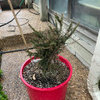
pineresin